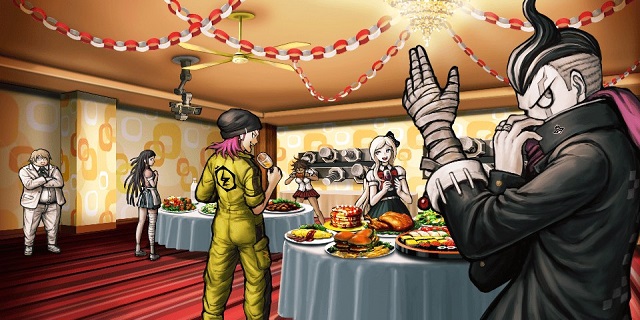
Surprisingly hot on the heels of the release of the first game, Danganronpa 2: Goodbye Despair has both the benefit and the challenge of following an experience that is still quite fresh in players’ minds. Considering how much the original Danganronpa turned the visual novel genre on its head, it’s hard not to wonder whether the sequel could live up to its standards.
I’m happy to say that it did that and then some.
The story begins similarly to the first game. We meet our protagonist, Hajime Hinata, a student of Hope’s Peak Academy, excited to enter the prestigious school where talented students come together and learn under one roof. Upon entering school grounds, Hajime blacks out. He awakens in a classroom, meeting his 15 classmates and an odd pink and white bunny named Usagi who claims she is their teacher. The walls of the school come falling down, and the students suddenly learn they’re not in Hope’s Peak Academy anymore.
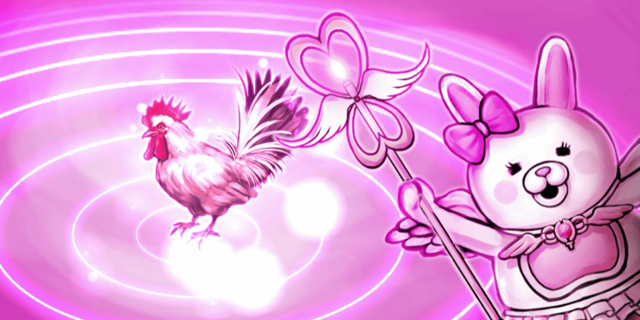
The students soon learn that they’re on Jabberwock Island for a school trip, where they have to come together to live in harmony and cultivate hope. Naturally, that all gets thrown into the ocean when our favorite bear from the first game, Monokuma, strips Usagi of all her power and turns our lush island paradise into a prison. In order for them to escape the island, they must kill each other and get away with the crime by deceiving their fellow students.
The game progresses in the same way as the first. Your daily routine is split into three different segments: Daily Life, Deadly Life and the Class Trial. Daily Life progression presents you with several moments crucial to the plot, but leaves some room for you to develop relationships with your classmates and earn Hope Fragments. Earning these Fragments allows you to purchase skills that can be used during the Class Trial. Deadly Life occurs when a murder happens and a body is discovered. During this segment, you investigate the crime scene and gather clues that become Truth Bullets, evidence in the form of “ammunition” that can be used during the Class Trial.
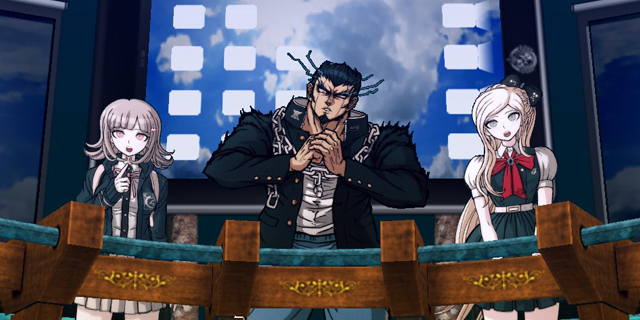
The Class Trials are, once again, the bulk of this game. All the minigame segments featured in the previous title all return, with a few tweaks for added challenge. Nonstop Debates feature segments in which Hajime can agree with a fellow classmate’s argument and use discussion points to back up the Truth Bullets gathered during the investigation. Hangman’s Gambit makes you match up letters as they float around on the screen. Matching two of the same letter will allow you to shoot it again a third time to solve the puzzle and reveal a clue crucial to the trial.
Panic Talk Action (formerly known as Bullet Time Battle) expands on destroying your opponents’ statements and, instead of shooting them down with the Truth Bullets, you combine four words, each mapped to the action buttons, and press them in sequence to deal a crushing blow. Closing Arguments now separate our little story-telling manga segment into smaller groups of five. More often than not, three out of the five panels in your stock will fit into the puzzle. You go through several stocks of panels until you complete the argument.
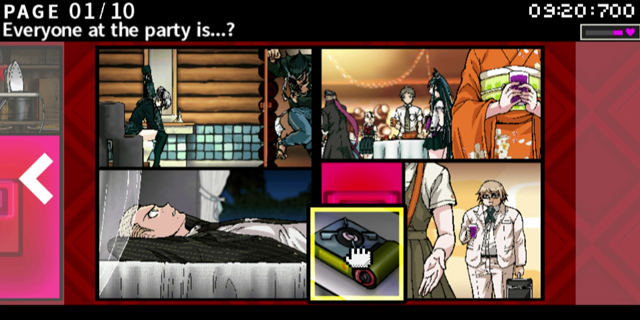
New to the Class Trial segments are the Rebuttal Showdown and Logic Dive. In the Rebuttal Showdown, you are presented with a limited number of slashes that you can use to cut through your opponents argument. Clearing out enough statements will allow you to argue further and similarly to the Nonstop Debate, you must find the correct statement to cut down with the proper evidence or risk retreating back to their initial argument.
In Logic Dive, you snowboard down a virtual pipe avoiding pitfalls and other obstacles. From time to time, you choose must choose a route based on the question being asked in relevance to the trial. Completing the minigame will form a cohesive argument that progresses the trial, all while racing against the clock. While most of the old segments were made a lot more challenging, the two new minigames definitely add to the action.
The game retains the same high-level aesthetic present in the previous entry. Introducing a colorful island into the mix, it breaks the monotony Hope’s Peak Academy often bore. Musically, each moment fits perfectly into the situation at hand.
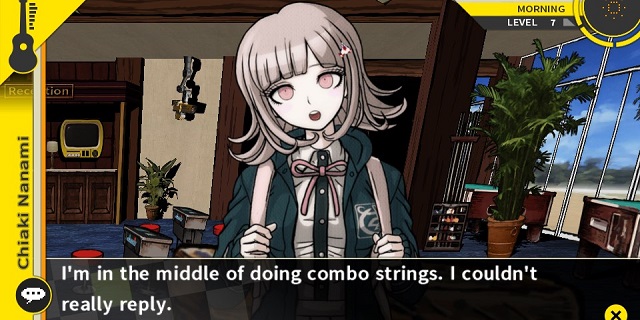
Armed with a ton of tropes, another interesting cast and enough plot twists to open its own pretzel factory, Danganronpa 2 is an absolute must-have if you own a Vita. Catering to lovers of story, action and mystery, it’s an all-inclusive package worth checking out.
Pros: Strong story supported by a stellar cast, visuals and music are still top-notch
Cons: Logic Dive breaks the Class Trial pacing, touch mechanics don’t always work



















